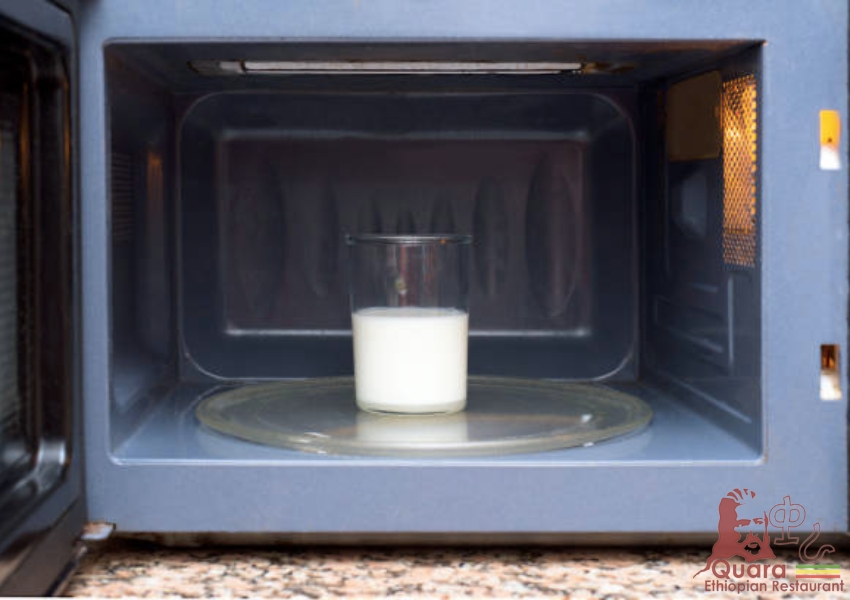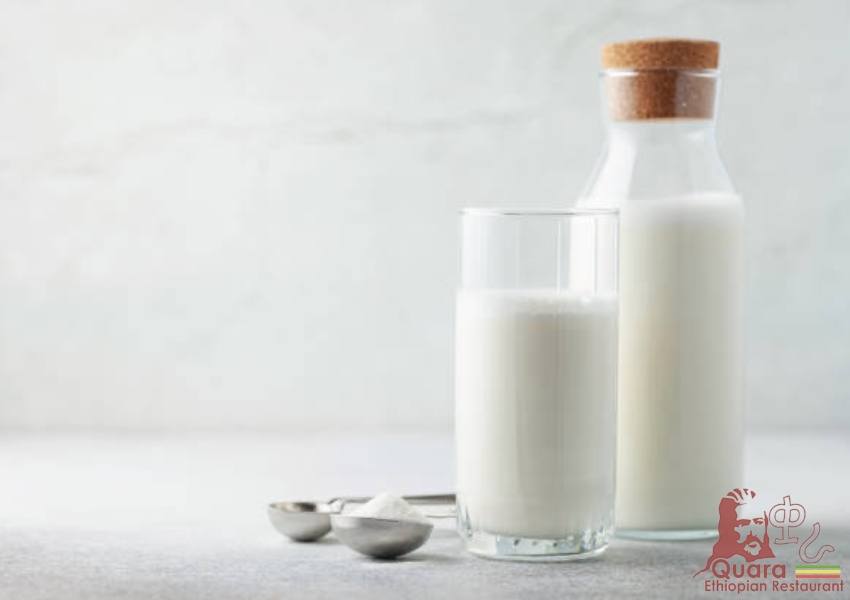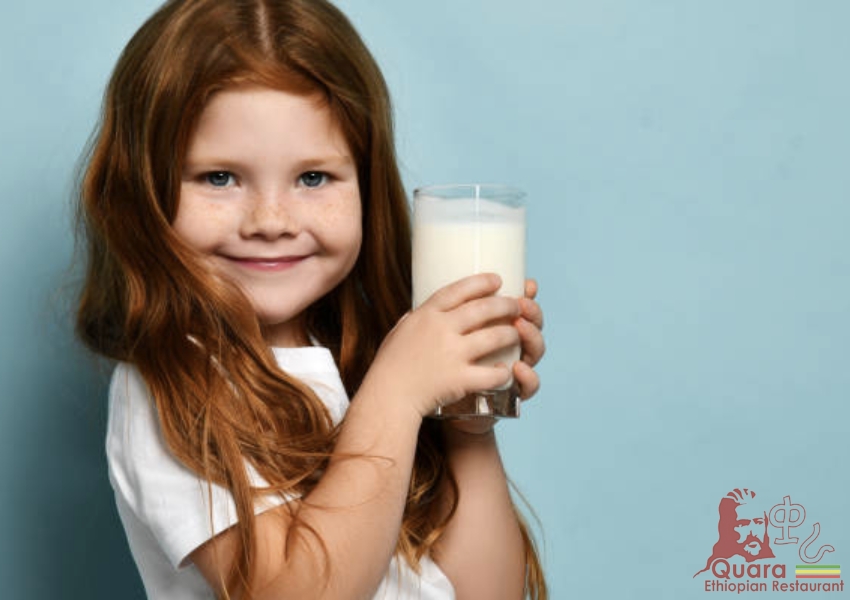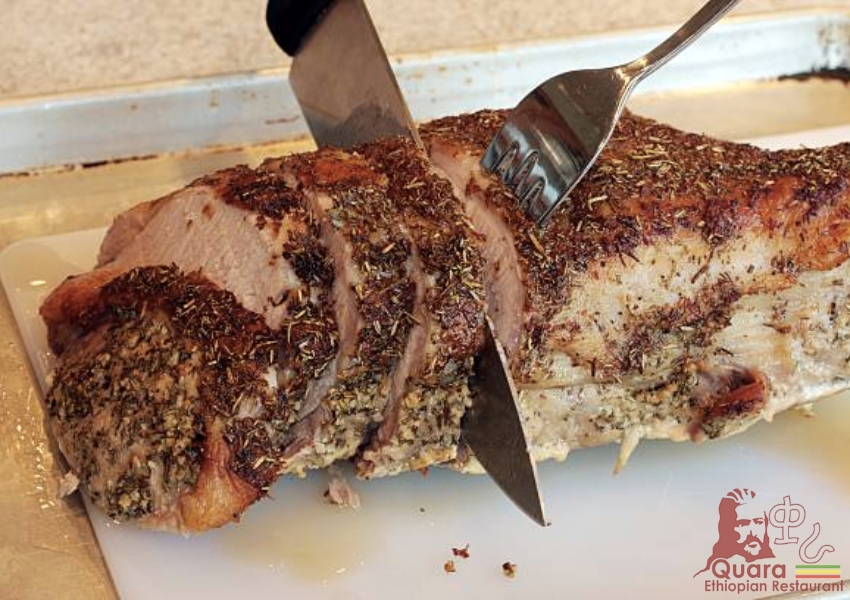Can You Microwave Milk

So, you’ve just finished making a delicious snack in the microwave and now you’re wondering… can you microwave milk too? After all, microwaving food is such an easy and convenient way to quickly prepare meals. But when it comes to milk, it’s not always clear if this cooking technique is safe or how best to do it. Fortunately, I have answers! In this blog post, I’ll explore whether or not you can safely microwave milk and go over some important tips for success. Keep reading to get all the details on microwaving milk so that you can add this nutritious dairy product into your mealtime routine!
Can You Microwave Milk?
The simple answer is yes, you can microwave milk! In fact, many recipes call for microwaved milk as a key ingredient. Just remember that it should not be boiled or overheated, as this will denature the proteins in the milk and make it taste bad. When done correctly, microwaving milk can result in creamy, delicious outcomes.

Is Microwaving Milk Safe?
The short answer is yes, you can safely microwave milk. By following a few simple rules, like using glassware and removing the foil cap from the container, your milk should heat evenly without any problems. However, it’s important to keep in mind that this cooking method does change the structure of the liquid slightly, so if you are preparing for a baby or young child, you may want to stick to warming milk on the stovetop instead.
What Are The Benefits Of Microwaving Milk?
There are several benefits of microwaving milk, the main one being convenience. This cooking method is easy and fast, taking just a few minutes to warm a glass or container of milk so that you can enjoy it with a meal or as an after-dinner treat. Some people also find this cooking technique results in less mess since pots don’t need to be used and there’s no need to worry about scorching the milk.
What Happens If You Microwave Milk?
When you microwave milk, the liquid heats up quickly. As it does so, tiny air bubbles are created as well as some steam. This can cause a buildup of pressure in the container, which can lead to an explosive reaction if left unchecked. To prevent this from happening, use a glass container and remove the foil cap before microwaving.
Risks When Microwaving Milk
When microwaving milk, it’s important to be aware of the potential risks. The main one is overheating the liquid, which can cause it to boil and denature the proteins. This will not only create an unappetizing flavor but also make the milk more difficult for your body to digest. To avoid this, use a glass container and heat the milk on a low setting. Additionally, avoid microwaving the milk for too long and check it regularly to ensure it’s not overheating.
Tips For Microwaving Milk
Now that you know the basics of microwaving milk, here are a few tips for success:
- Use a glass container. Paper or plastic containers can overheat quickly, so opt for something made from glass to ensure consistent heating and avoid any explosions.
- Remove the foil cap before microwaving the milk. This will help prevent the buildup of pressure and allow the liquid to heat evenly.
- Heat the milk on a low setting. Start with 30 seconds, stir it, then add more time as needed. This will prevent overheating and ensure that your milk doesn’t become too hot or boil.
- Check it often and stir periodically while heating. This will help you keep an eye on the temperature and prevent any accidents.
- Use caution when handling hot milk. Always use oven mitts or pot holders to avoid burns from steam.
- Don’t microwave more than 1 cup of milk at a time. Doing so could result in uneven heating and potential explosions.
How To Warm Milk In The Microwave?
The first step is to choose your microwave-safe glassware or container. If you’re using a clear glass bowl, make sure that it is not scratched in any way, as this can lead to uneven heating of the milk.
Once you have selected your glassware, remove the foil cap from the container and place the milk inside. Pour milk into a microwave-safe container and microwave on medium-high (70%) power, stirring every 15 seconds, just until steam begins to rise from the milk. To scald milk for custards or yogurt, heat 250ml (1 cup) on high for 2 to 2 ½ minutes for best results. Finally, stir and serve as desired.
Warming milk in the microwave is a great way to get your liquid hot quickly and conveniently. With proper care, you can safely heat your milk without worrying about explosions or scorched flavors. Just remember to always use glassware, remove the foil cap, heat on a low setting, and check it often for optimal results.
What To Watch Out For When Heating Milk With A Microwave?
When heating milk with a microwave, it’s important to take caution and avoid overheating. Start with a low setting and always check the milk every 15 seconds while stirring periodically. Never heat more than 1 cup of milk at a time, as this could result in uneven heating or explosions. Be sure to use oven mitts or pot holders when handling hot milk to avoid any steam burns.

How Long Should You Heat Milk In The Microwave?
When heating milk in the microwave, it’s important to monitor the temperature closely. Microwave 250ml (1 cup) for 40 to 45 seconds* on high (100%). If needed, add more time in 10-second increments until desired temperature is reached. Avoid overheating and always stir occasionally while heating to prevent any accidents.
For The Hot Chocolate
When making hot chocolate in the microwave, it’s important to use a microwavable mug or container. Start by heating your milk on a low setting for 60-90 seconds and check every 15 seconds for desired temperature. Once you have achieved the desired warmth, add 1-2 tablespoons of cocoa powder or chocolate syrup to the mug, depending on how sweet you prefer your hot chocolate. Stir the cocoa powder or syrup until it is fully dissolved, then enjoy your delicious mug of hot chocolate!
For A Latte
Making a latte in the microwave is easy and convenient. First, pour your desired amount of milk into a microwavable mug or container and remove the foil cap. Next, heat the milk on a low setting for 30 seconds and check every 15 seconds to ensure it doesn’t get too hot. Once you have achieved the desired warmth, prepare your espresso shot and add it to the mug. Finally, stir and enjoy your warm latte!
For A Cappuccino
Making a cappuccino in the microwave is similar to making a latte. Begin by pouring your desired amount of milk into a microwavable mug or container and removing the foil cap. Heat on low for 30 seconds and check every 15 seconds to ensure it doesn’t get too hot. Once you have achieved the desired warmth, prepare your espresso shot and add it to the mug. Finally, top with a layer of frothed milk and enjoy your warm cappuccino!
For Coffee
Making a cup of coffee in the microwave is easy and convenient. Start by pouring your desired amount of water into a microwavable mug or container and removing the foil cap. Microwave 250 mL (1 cup) for 40 to 45 seconds on high (100%). Once you have achieved the desired temperature, add 1-2 tablespoons of ground coffee to the mug, depending on how strong you prefer your brew. Finally, stir and enjoy your warm cup of coffee!
How To Boil Milk In The Microwave Without Spilling It?
When boiling milk in the microwave, it’s important to take caution and avoid spilling. Begin by pouring your desired amount of milk into a microwavable mug or container and removing the foil cap. Set the Power to 70%, i.e., Medium-High, and turn the machine on to start boiling the milk for about 30 seconds. Pause to stir it, and repeat this every 15 seconds. Use oven mitts or pot holders when handling the container to avoid any steam burns. To prevent spilling, make sure to keep the container in the same spot while it is being heated. Stir occasionally while heating and enjoy your warm beverage!
Does Microwaving Milk Kill Nutrients?
It is a common misconception that microwaving milk will kill most of its nutrients. However, research has shown that microwaving milk only decreases the amount of some vitamins and proteins in the product. Other elements such as calcium, magnesium, and potassium remain unchanged when heated in the microwave. Therefore, it is safe to say that microwaving milk does not kill all of its nutrients. Nonetheless, it is still important to choose the best quality milk with higher nutrient levels whenever possible. This will ensure that you are getting the most out of your drink!
When To Add Milk To Hot Cocoa Or Tea?
The best time to add milk to hot cocoa or tea is after it has been heated. This will help prevent the milk from curdling and ensure that all of the flavors are well blended together. Start by heating your drink in the microwave on a low setting for 30-60 seconds and check every 10 seconds for desired temperature. Once you have achieved the desired warmth, add your milk and stir until it is fully incorporated. Finally, enjoy your delicious warm beverage!

FAQs For Can You Microwave Milk
Does Milk Curdle In The Microwave?
Yes, milk can curdle in the microwave if it is heated too quickly or at too high of a temperature. To avoid this, make sure to heat your milk on a low setting for 30-60 seconds and check every 10 seconds to ensure it doesn’t get too hot. Also, be sure to stir the milk occasionally while heating to prevent any accidents.
Why Did My Milk Curdle When I Microwaved It?
Your milk may have curdled when you microwaved it due to two reasons. The first is that the temperature was too high and caused the proteins in the milk to break down and form curds. The second is that you did not stir the milk occasionally while heating, which can lead to uneven heat distribution and localized hot spots that can cause curdling. To prevent this from happening, make sure to keep the temperature low and stir the milk occasionally while heating.
What Happens If You Heat Milk Too Fast?
If you heat milk too fast, the proteins in the milk will break down and cause curdling. To avoid this, make sure to heat your milk on a low setting for 30-60 seconds and check every 10 seconds to ensure it doesn’t get too hot. Also, be sure to stir the milk occasionally while heating to prevent any accidents. Additionally, it is important to use a microwavable container that can evenly distribute heat and prevent localized hot spots.
How Do You Warm Up Milk?
There are several ways to warm up milk, such as boiling on the stovetop, microwaving, or heating in a slow cooker. To warm up milk in the microwave, begin by pouring your desired amount of milk into a microwavable mug or container and removing the foil cap. Heat on low for 30-60 seconds and check every 10 seconds to ensure it doesn’t get too hot. Use oven mitts or pot holders when handling the container to avoid any steam burns. To prevent spilling, make sure to keep the container in the same spot while it is being heated. Stir occasionally while heating and enjoy your warm beverage!
Conclusion
Microwaving milk is a common practice, but there are some things you should consider before doing so. Milk that has been microwaved can have a different flavor and may not be as nutritious as milk that has not been microwaved. If you choose to microwave your milk, make sure to follow the guidelines below for the best results. Follow Quara Ethiopian Restaurant for more tips!




